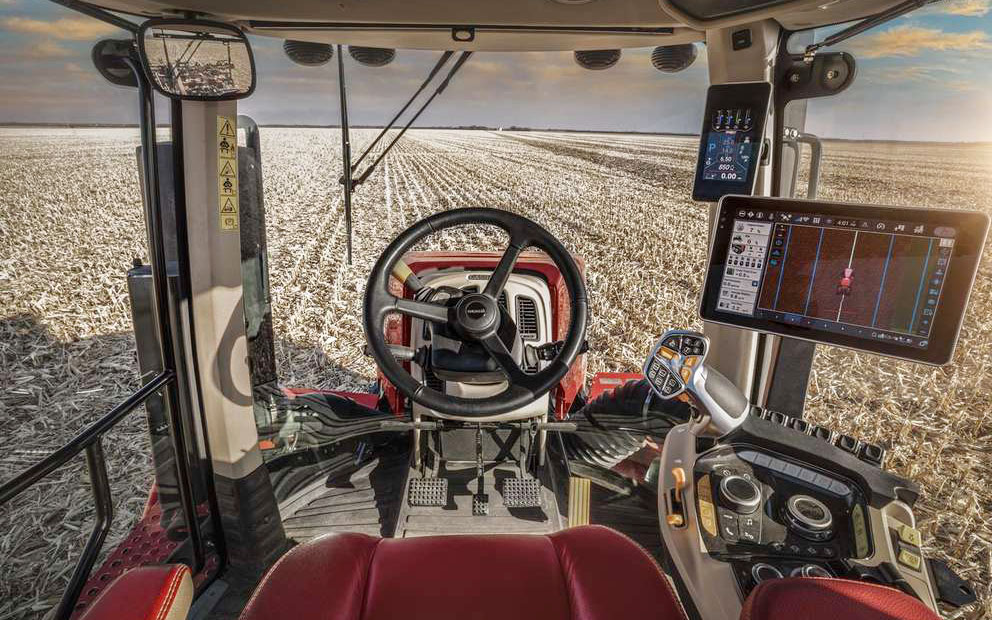Starlink is a constellation of 7,000 communication satellites operated by Starlink Services LLC, a wholly owned subsidiary of SpaceX, founded by Elon Musk in 2002.
Other than providing competition to ground-based internet services, the chief claim of Starlink is that it is quicker than the mobile phone network for internet connection, being on a par with broadband which has a 20 millisecond (ms) latency on average in non-peak periods.
Latency is the time it takes for a signal to travel between the router on your desk to the internet and back again.
Increasing data flow is usually addressed by upping the bandwidth, but this method has its limits and so reducing latency becomes important if higher transmission rates are to be achieved.
Slow mobiles
Mobile systems – such as those fitted to tractors for data transfer – have a latency of around 48ms and so the Starlink’s promise of 20ms or less, even during peak periods, is a considerable advance.
It is this increase in performance that attracted the attention of CNH, which has just announced the signing of an agreement with Starlink to bring this service to Case, New Holland, and Steyr machinery.

CNH believe that Starlink will seamlessly integrate with its FieldOps digital platform, giving customers visibility of their machines and providing data from anywhere at anytime.
The company also claim that the move will offer greater data streaming capabilities by keeping farm management devices consistently connected, regardless of location.
Starlink coverage
Although CNH stresses the universality of coverage by the satellites, Starlink’s own map presently shows large areas of the world as either awaiting connection or having no coverage planned.
Precision spraying is highlighted by CNH as being one area where Starlink’s transmission technology will benefit farming operations.

CNH’s FieldXplorer platform uses advanced algorithms to transform drone images into a field map that distinguishes between weeds and crop.
By utilising Starlink, that data can be exported almost instantaneously to create a precision spraying map, enabling farmers to apply crop protection products sooner, controlling weeds earlier, which ultimately helps improve crop yields.
Satellite concerns
CNH are the second of the big three manufacturers to embrace Starlink. John Deere announced in January 2024 that it will integrate the constellation into its digital platform, initially for North America and Brazil, while AGCO have not yet made any similar plans public.

Despite all the manufacturers’ enthusiasm for Starlink, there remains deep concern about its effects on astronomy and space flight.
The satellites are now considered the biggest collision threat to rocket launches, while astronomers fear that they are interfering with both radio and visual telescopes.
Being in low Earth orbit, rather than geostationary orbit, the 260kg satellites have a life expectancy of around five years before plunging back to earth to be burnt up in the upper atmosphere.

